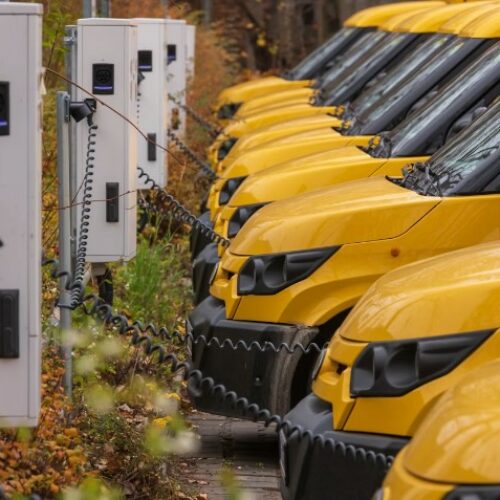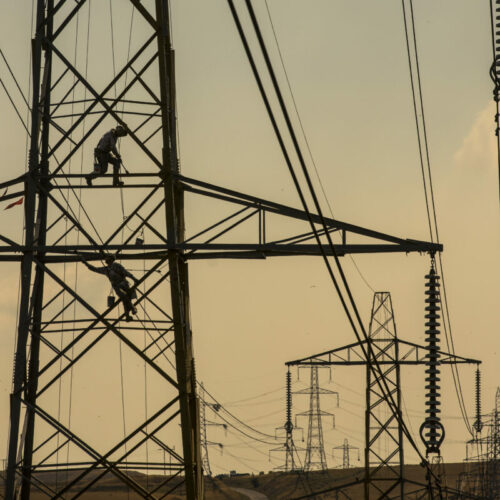National Grid ESO’s new frequency response service, Dynamic Containment, launched earlier this month with a range of providers bidding in.
Current± spoke to Alex Done, lead data scientist and market analyst at Modo Energy, about how the service might develop, the pricing trends seen and challenges frequency providers could run into.
What changes do you expect to see to Dynamic Containment once the soft launch is over and the service has matured slightly?
I’d expect an increased capacity, as currently there’s a 500MW market cap. Sometime after the soft launch, that’ll be increasing to 1GW, which will make it the biggest frequency response auction available.
At the moment, National Grid ESO is only procuring the low frequency service. However, later on, National Grid ESO will also offer a high frequency service, and there’ll be some interesting interaction between those two products. It might be that you can tie bids for the low and high frequency products together or simply bid for just one of them.
Dynamic Containment is one of three new products that National Grid ESO is launching to replace the existing frequency response suite. There’s Dynamic Containment, Dynamic Regulation and Dynamic Moderation, each with different operational ranges. Dynamic Containment is a post fault service i.e. a response is required when National Grid ESO has a real problem with frequency such as an interconnector trip. Regulation and Moderation act pre fault and are a tool for fine-tuning. It will be interesting to see how these three products interact commercially.
What sorts of challenges will frequency service providers run into when entering Dynamic Containment?
The main consideration is the metering requirements. When providing any of the new services National Grid ESO requires visibility on how an asset is responding, which is fair enough given they’re paying for the service. This however causes a problem for older assets who lack the hardware to provide real time metering.
As a compromise National Grid ESO is allowing a smaller pool of assets to join the service under a ‘non-real time metering’ arrangement, which gives assets some time to upgrade to the requirements that the Grid wants in the future; for now they’re just trying to encourage people to get to into the auction.
Aside from the metering, the thing I find most interesting about the new service is the movement closer to real-time procurement. Now the lines between the ancillary markets and the merchant markets are starting to blur and it’s going to be an interesting situation that both owners and operators find themselves in.
What trends are you seeing right now in terms of pricing?
Prices in Dynamic Containment are very high at the moment at around £17/MW/h since demand outstrips supply significantly. This is over twice the price in FFR for considerably less work.
At the moment, there just aren’t enough batteries in the auction and everybody is bidding at National Grid ESO’s relatively high price cap. However as more volume enters the auction, we’re likely to see things change.
How competitive do you anticipate Dynamic Containment being with the levels of bids currently being submitted?
At the moment there’s no competition in the auction as there’s not enough capacity bidding into the market. The number of assets in the auction is relatively consistent; across the first week we saw 165MW of accepted capacity every day, with very few exceptions. This has increased to around 230MW now and as people continue to switch over from FFR, we’d expect to see that market fill out.
I expect it to get more competitive as more energy storage assets move into the auction, but how quickly that happens relies on the ability for owners of energy storage to make any of the upgrades required, as well as the operational side; submitting a bid every day presents a slightly more intense operational burden than compared to the weekly and monthly FFR auctions.




